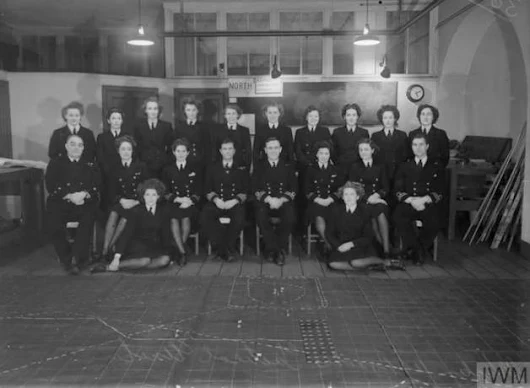Resource War - tb >> .
World war II: The resource war - Extra History playlist >> .
1940 - USSR contribution to Nazi war-resources > .
41-3-11 End of US neutrality? The Lend-Lease Act > .
Isolationist America & Lend-Lease
https://youtu.be/N5PTeDe4jTQ?t=37s
https://youtu.be/N5PTeDe4jTQ?t=37s
21st > Energy >>
24-8-14 History & Geopolitics of Oil - gtbt > .
24-3-24 Why We Can’t Just Stop Oil - EcEx > .23-7-22 Saudi Arabia’s Catastrophic “Everything” Problem - Real > .
41-1-10 Lend Lease Act > .
41-3-11 Lend Lease > .
41-1-10 Lend Lease Act > .
41-3-11 Lend Lease > .
War Ministries WW2 ..
The Neutrality Acts were passed by the United States Congress in the 1930s, in response to the growing turmoil in Europe and Asia that eventually led to World War II. They were spurred by the growth in isolationism and non-interventionism in the US following its costly involvement in World War I, and sought to ensure that the US would not become entangled again in foreign conflicts.
The legacy of the Neutrality Acts is widely regarded as having been generally negative: they made no distinction between aggressor and victim, treating both equally as "belligerents"; and they limited the US government's ability to aid Britain and France against Nazi Germany. The acts were largely repealed in 1941, in the face of German submarine attacks on U.S. vessels and the Japanese attack on Pearl Harbor.
https://en.wikipedia.org/wiki/Neutrality_Acts_of_1930s
The Neutrality Acts were passed by the United States Congress in the 1930s, in response to the growing turmoil in Europe and Asia that eventually led to World War II. They were spurred by the growth in isolationism and non-interventionism in the US following its costly involvement in World War I, and sought to ensure that the US would not become entangled again in foreign conflicts.
The legacy of the Neutrality Acts is widely regarded as having been generally negative: they made no distinction between aggressor and victim, treating both equally as "belligerents"; and they limited the US government's ability to aid Britain and France against Nazi Germany. The acts were largely repealed in 1941, in the face of German submarine attacks on U.S. vessels and the Japanese attack on Pearl Harbor.
https://en.wikipedia.org/wiki/Neutrality_Acts_of_1930s
Allocation of manpower and resources to food production





